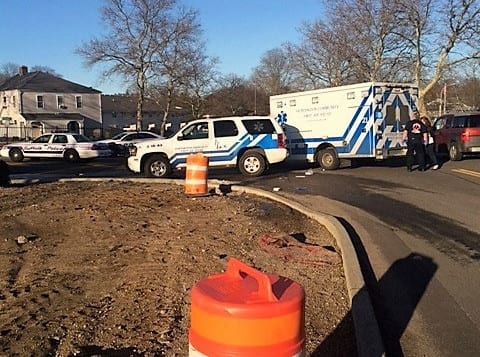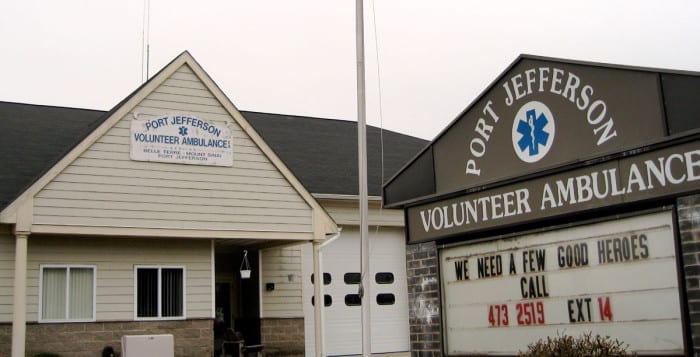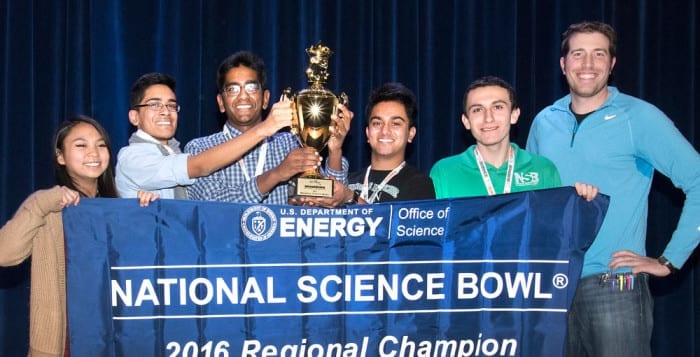Have you ever heard the paradox, the more I know, the more I realize how much I don’t know? I think this statement can be aptly applied to our knowledge of hypertension, better known as high blood pressure. When it comes to high blood pressure, it is not clear if it is a disease, in itself, or a condition that may contribute to diseases such as heart disease, heart attacks, stroke, kidney failure and even death (1). Or high blood pressure may be an indicator of blood vessel disease. And if this is not confusing enough, no matter how you want to classify high blood pressure, what is the best way to control it, and what levels are ideal?
Another frightening fact is that high blood pressure has a very high prevalence in the United States. The lifetime risk of having this disorder is 90 percent for those who are 55 and older. Thus, we need to be able to effectively reverse or prevent high blood pressure.
Upheaval among the ranks in terms of blood pressure levels
What are the goals for those patients with high blood pressure? The Joint National Committee is the most recognized organization to provide evidence-based guidelines to the medical community for blood pressure. This committee’s latest iteration, referred to as JNC 8, actually relaxed the levels to control blood pressure in those 60 years and older to less than 150/90 mmHg. For everyone below the age of 60, it should be less than 140/90, even for those who have diabetes (2). Interestingly, there is insufficient evidence on the systolic (top) number for those 30-59 years old and on the diastolic (bottom) number for those under 30 years old. Therefore, the recommendations for those under 60 are based on expert consensus. Of course, these levels are based on the assumption that we are treating with blood pressure medication.
The new evidence, but buyer beware
However, in a recent randomized controlled trial (SPRINT trial), results showed that when systolic blood pressure was reduced to below 120 mmHg, compared to the previous standard of 140 mmHg, there was a significant 30 percent reduction in the primary composite end point in the intensive vs. standard treatment groups (3). The composite end point involved nonfatal heart attack, nonfatal stroke, acute coronary syndrome, heart failure, or cardiovascular death. There was also a 25 percent reduction in all-cause mortality in the intensive treatment group. This trial involved 9,361 patients followed over 3.2 years. The trial was stopped early because of these positive results.
Does this mean we should treat aggressively with medication?
The caveats to this trial are several. One, the population was very specific. It involved patients who were at high risk of cardiovascular disease. The Framingham coronary heart disease risk score was at least 15 percent but with a mean of 20 percent. Two, the trial excluded diabetes patients and those with previous strokes. Considering these two factors, it means that one in six patients with high blood pressure would be appropriate for intensive blood pressure treatment with medication to a target systolic blood pressure of less than 120 mmHg.
Three, this study, does not take into account lifestyle modifications, which are very important to controlling and possibly reversing high blood pressure. Four, there was a significant increased risk of adverse events, such as hypotension (low blood pressure). If someone were to change their lifestyle, it might exacerbate this problem even more.
How can we better control blood pressure?
Office readings are not enough to know if blood pressure is controlled. Home readings are very important as well, although they are not always the most accurate. So, how do we determine what the home readings mean? A recent study tries to shed light on this issue. In the study of 286 patients, results showed that those who had at least three out of 10 systolic readings of >135 mmHg were likely to have uncontrolled high blood pressure confirmed using the gold standard of testing, 24-hour ambulatory blood pressure monitoring (4). Those who had these elevated readings were at higher risk for end organ damage affecting the heart and surrounding blood vessels. This isn’t a perfect system, but it is better than using clinic blood pressures readings alone.
What about sodium?
The recommended levels for daily sodium vary from organization to organization and depending on whether or not you have high blood pressure. The most lenient recommendation, from the 2015 U.S. Dietary Guidelines, is 2300 mg per day (5), and the most stringent, by the American Heart Association, is 1500 mg per day for everyone, though there seems to be a general consensus for targeting less than 1500 mg per day for those with high blood pressure. Whatever level you may deem appropriate, a recent study shows that about 90 percent of adult Americans are consuming more than 2300 mg per day and 86 percent of high blood pressure patients are not maintaining appropriate levels (6).
So, should we lay off the salt shaker? Not necessarily. We are getting 75 percent of our intake from restaurants and from processed foods, those that come in a box (7). In fact, small amounts of iodized salt may be beneficial. However, fancy salts such as Himalayan Pink, sea salt, kosher and others may not be iodized.
These guidelines don’t seem to differentiate between added sodium and sodium that occurs naturally in foods. In fact, if you eat a diet rich in dark leafy green vegetables, there is about 700-800 mg of naturally occurring sodium in these foods. What is great about this is that these vegetables also contain nutrients that help counterbalance the effects of sodium, such as potassium and nitrates. They also have an anti-inflammatory effect that benefits the endothelial layer, or the inner lining, of your blood vessels.
My recommendation is to avoid salt from processed foods by reading labels, although meats such as chicken can be injected with sodium without labeling. And if you do eat out, request that the chef not salt the food. If you use salt at home, use only iodized salt.
Added sugar – not so sweet
Dentists are right when they say don’t eat sugar. Their reasons are to protect to protect your teeth from decay. Well, there are many other reasons not to eat sugar. The recent REGARDS study found that a high-sugar (Southern or sweets/fat) diet may be associated with the risk of high blood pressure, whereas a plant-based diet was not (8). The mechanisms for this effect may have to do with the fact that added sugar raises insulin levels, which may raise the levels of aldosterone, the hormone responsible for the reabsorption of sodium from the kidneys. Those with the highest amount of insulin were found to have a greater than three times increased risk of high blood pressure.
When treating high blood pressure with medications, we need to individualize treatment. However, lifestyle modifications can be applied to everyone, regardless of age or risk of heart disease. If you have high blood pressure, you should take home readings and show them to your doctor for review.
References:
(1) J of Hypertension 2011:29:896-905. (2) JAMA. 2014;311(5):507-520. (3) N Engl J Med 2015; 373:2103-2116. (4) Ann Fam Med. 2016;14:63-69. (5) U.S. Department of Health and Human Services and U.S. Department of Agriculture. 2015 – 2020 Dietary Guidelines for Americans. 8th Edition. December 2015. (6) Morb Mortal Wkly Rep. 2016;64:1393-1397. (7) cdc.org. (8) Obesity Week 2015 Abstract T-OR-2108.
Dr. Dunaief is a speaker, author and local lifestyle medicine physician focusing on the integration of medicine, nutrition, fitness and stress management. For further information, go to the website www.medicalcompassmd.com or consult your personal physician.

















